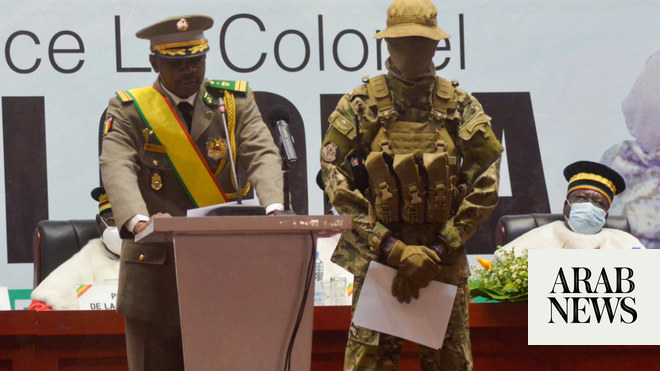
In contrast to war journalism, which predominantly focuses on violence and conflict, peace journalism, as the name suggests, aims to shine the spotlight on the victims of war and encourage constructive public dialogue about them.
The reporters who practice war journalism portray conflicts with narratives of “us” versus “them,” whereas those who embrace peace journalism try to foster reconciliation, and discourage divisions and violence in societies.
Peace journalism becomes particularly important in countries such as Turkey that host large numbers of refugees and immigrants. To reduce the tensions that inevitably arise between refugees and their hosts, several projects have been launched in an attempt to empower local journalists to use peace journalism to help host communities better understand the plight of refugees and immigrants, bridge the divides that separate them, and open a discussion about their integration into the host society.
One such project is Reporting Syrian Refugees: Building Communities of Understanding in Turkey. However it seems more are needed. Turkey has hosted refugees from Syria, and immigrants from other countries, for many years and so there is a remarkable amount of media coverage of the issue. However, this does not mean it is always positive in nature.
Unfortunately the Turkish media gets a poor report card for its coverage of refugees and immigrants. A number of academic researchers are examining how journalists and newspapers in the country engage in discursive practices in news reports relating to Syrian refugees and other immigrants.
In 2019, a report titled “Hate Speech and Discriminatory Discourse in Media,” published by the Hrant Dink Foundation in Istanbul, found that reports about Syrian refugees in Turkey consistently included negative terms relating to criminal activities such as murder, theft and harassment.
A separate report by the Research Center on Asylum and Migration in Ankara similarly found that the Turkish media’s coverage of refugees mostly focused on violence and crime.
This negative tone is fueled by some political leaders who exploit the refugee issue to further their agendas. This creates a dangerous cycle in which politicians feed the media and the media in turn feeds society with a discriminatory and racist view of refugees and immigrants.
The Turkish people get most of their information about refugees and immigrants from TV and social media. Therefore, media presentation of the issue significantly influences public perception of refugees and immigrants in the country.
Numerous opinion polls confirm a stark decline in public support for the hosting of refugees, mostly as a result of the way in which they are portrayed by the media.
Sinem Cengiz
Examples of problematic representation of refugees and immigrants can be found in the output of Turkish media outlets regardless of political stance, whether anti-government or pro-government.
Last week, for example, the daily newspaper Sozcu, which is known for its nationalist and Kemalist political orientation and an anti-government stance, reported that Somali business owners and asylum seekers had turned two streets in Ankara “into their own country.”
The tone of the report sparked harsh reactions from all segments of Turkish society, regardless of political affiliation. The majority condemned it as “racist,” expressed happiness about the Somali presence in the Turkish capital, and encouraged people to visit the Somali shops.
In 2018, Sozcu published a report with the headline “Hunt for Syrians on the streets,” about tensions that had arisen in the Turkish province of Gaziantep, which hosts a large number of refugees. Use of the phrase “Hunt for Syrians” was considered by many people to be derogatory and criminalizing.
On the other side of the political divide, pro-government Islamist newspaper Yeni Akit, which supports the government’s policy on refugees, fails in its representation of them. To illustrate a story headlined “Syrian refugees are returning back,” it used a photo of a woman wearing a veil that left only her eyes visible. Its representation of Syrian women in this way was criticized as orientalist and underestimating.
These are just a few examples of problematic coverage of refugees and immigrants in the Turkish media, which has been bolstered by nationalist/nativist/religious political rhetoric.
For a decade, Turkey — through its open-door policy — has done a remarkable job of coping with the millions of refugees that have arrived, primarily from Syria, Iraq and Afghanistan. Contrary to predictions by Ankara, the war in Syria has dragged on for a decade and Turkey now hosts nearly 15 percent of the global refugee population, according to Amnesty International.
However, this is just one side of the coin. The other is that numerous opinion polls confirm a stark decline in public support for the hosting of refugees, mostly as a result of the way in which they are portrayed by the media, the rhetoric of politicians, and a declining economy.
It is likely that Turkey will continue to host millions of Syrian refugees and become a home for millions of immigrants who make a living through hard work and honor, as is the case with the Somalis who opened shops in Ankara. It is important to accept this reality, change the dominant narratives in the Turkish media regarding refugees and immigrants, and find ways to initiate a positive discussion.
Media outlets should consider the consequences of their reports about these people, who were forced to flee their homes for life in another country. The tools provided by peace journalism should be employed, by local and international journalists, for the sake of building peace and harmony between communities and the refugees and immigrants they host.
• Sinem Cengiz is a Turkish political analyst who specializes in Turkey’s relations with the Middle East. Twitter: @SinemCngz
Disclaimer: Views expressed by writers in this section are their own and do not necessarily reflect Arab News" point-of-view












